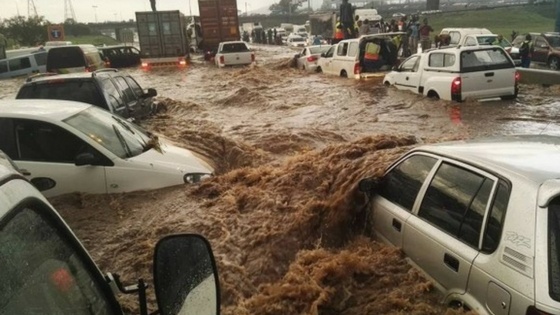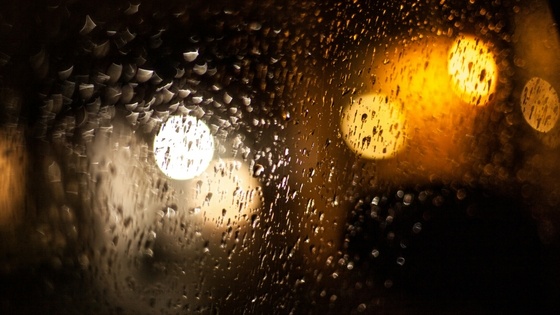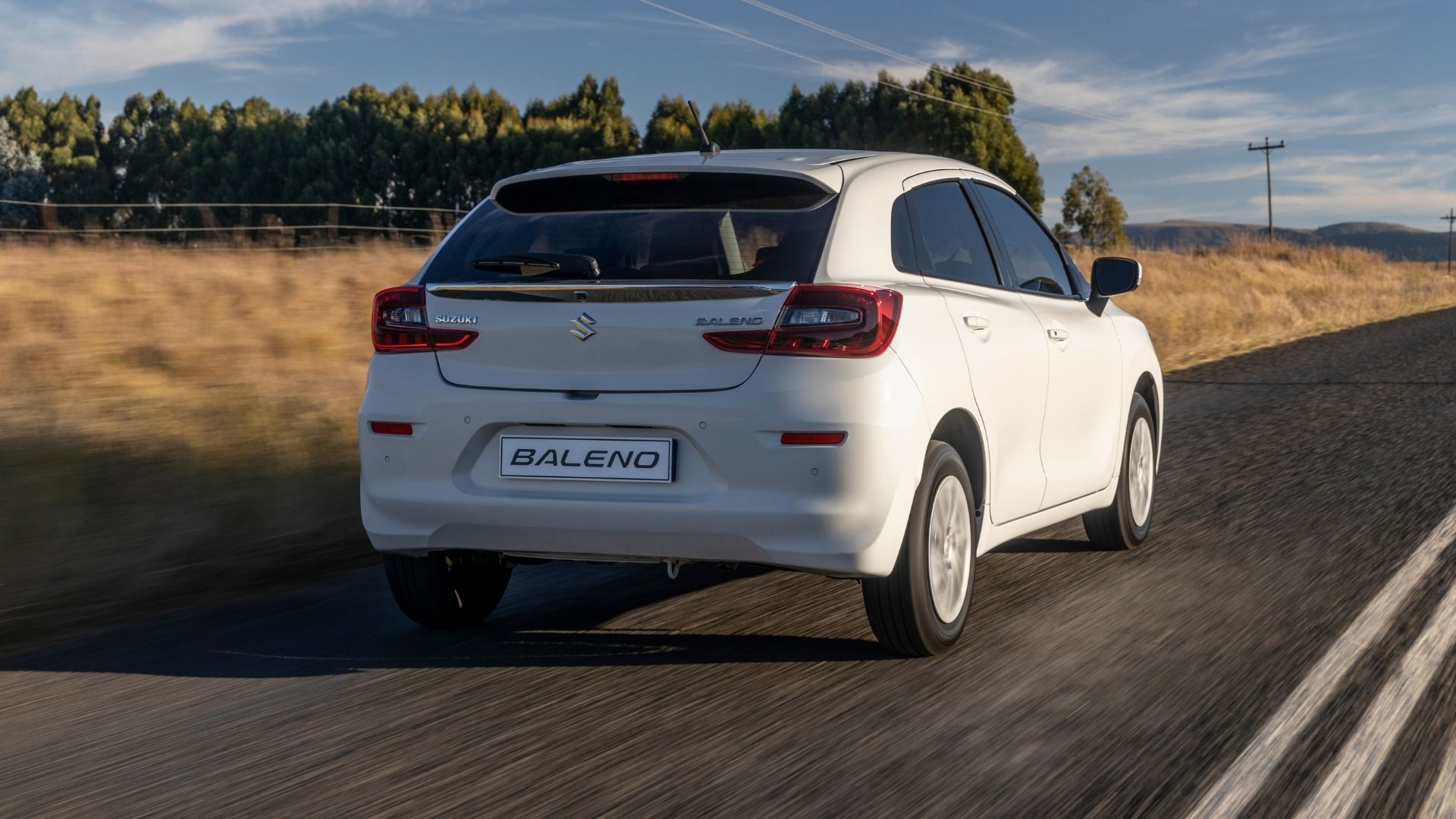10 December 2019 | Megan MacDonald
.jpg?width=1024&name=Suzuki_S_Flash_Flood%20(1).jpg) Flash floods are unpredictable, fast and deadly - but there are ways to stay safe if you find yourself caught in the middle of one.
Flash floods are unpredictable, fast and deadly - but there are ways to stay safe if you find yourself caught in the middle of one.
Every year the long-awaited rains sweeping across South Africa lead to dangerous flash floods over sunbaked ground and blocked drainage systems. Flash floods are notoriously deceptive and dangerous, and every rainy season motorists are caught off-guard often with tragic results.
The rains can come unexpectedly or catch you off guard, knowing how to drive safely and prevent damaging your car while you navigate deep water could keep you safe and secure and get you home with a few less grey hairs.
With summer rains on the way across most parts of the country, the below tips can save your life.
1. Danger lurks under the surface
First of all, it’s best to avoid the water on the road all together, if you can. It can be deceptively deep or move much quicker than it looks from the surface. Flash floods, as the term suggests, are quick and harsh. This can quickly cause a lot of damage to the road surface, which you’re unlikely to spot from behind the wheel. What looks like a large puddle or lightly flooded road could be hiding massive potholes or ditches caused by the force of the water. If the entire road surface is covered in water and you can’t clearly see what lies underneath, don’t drive across it. It’s frustrating, but rather be late for that meeting than risk losing your vehicle or even your life. No matter how well you think you know that road, this same assumption leads to cars being swept away every year.
This article and handy infographic will give you a better idea of just how deceptive and dangerous flooded roads and lurking potholes can be. Always be aware that you are most likely not seeing the full picture from behind the wheel.
2. Your car isn’t designed to swim
Your car is also more vulnerable than you think. Says Tshwane Emergency Services, “Be very aware of your car's limitations. If you drive through water that is 15 cm deep or more, your car could lose control and stall. Furthermore, 30 cm of water is enough to float most cars, and 60 cm of rushing water can indeed carry away cars, SUVs and pick-ups.” Avoid driving over bodies of water on the road at all - backup or take a different route if you see a flooded road or bridge ahead.
Most of us know the term ‘aquaplaning’ - where a vehicle loses control due to water on the road. This article and infographic is well worth the read as it gives a lot of detail on exactly how aquaplaning occurs.
The Johannesburg Road Agency keeps their advice short and simple:
- NEVER drive into water covering the road. You do not know how deep it is or if the road is washed away.
- Turn around and go the other way!
- Look out for flooding at highway dips, bridges and low areas.
- If the vehicle stalls, leave it immediately and seek higher ground.
- Be cautious, especially at night when visibility is impaired.
- Do not park your vehicle along streams and washes, particularly during threatening conditions.

3. Some things are unavoidable
With all the above said, and no matter how cautious you are, sometimes flash floods are simply unavoidable. You could be stuck in traffic when one hits with nowhere to go, and in that case it’s crucial to remember the tips below as published by IOL Daily News:
- If there is a risk you will be caught in a flood, pull off the road and look for higher ground.
- If you do pull off, make sure you leave enough space for emergency vehicles to pass you.
- If you have no alternative but to drive through a body of water, drive as slowly as possible in first gear with both hands on the steering wheel. This will give your car the necessary traction to move forward. Driving fast may result in aquaplaning.
- If you do make it through the water, check your car for any damage, and feather the brakes to dry them. Have an expert examine your vehicle afterwards for any damage that may be longer lasting.
- If your car has been partially or completely submerged, and you have stopped in a body of water, don’t try and start it unless you have had a technician look at it as this may result in damage to the engine.
- Ensure you are as visible as possible. Switch on your headlights.
- If your car is being surrounded by water, unfasten your seatbelt (and those of any children with you), unlock your doors, and open your windows. If water starts entering through the windows, get out of the vehicle and wade to the nearest point of safer higher ground, if possible. Remember, you are more important than your car.
- If you are caught in a flood, be patient and remain calm. Emergency services will get to you but there may be delays as they have to negotiate the same hazards.
- Be especially cautious at night, or when visibility is low, as it may be harder to see floods ahead.
If windows won't open, let car fill with water.Then open doors, get out & swim to the surface. Don't stay until it sinks. #flashfloodtips
— City of Tshwane (@CityTshwane) November 10, 2016
EMERGENCY NUMBERS
- 10177
- 012 310 6300/6400
4. It's all about focus
If you get caught in a flash flood, the first and most important thing you can do is to stop panicking, because panic leads to mistakes. It might feel completely counter-intuitive but take a moment to calm down and assess the situation. This will give you time to run through the above checklist in your head and get out of a dangerous situation, hopefully with as little damage as possible.
Flash floods and road fatalities are common on South African roads, so distribute this article to your friends and family this season to keep them safe on the roads, too, these 13 easy driving tips could save your life.
If you've damaged your car and are looking to buy a new/used vehicle, here's our Guide to Buying a Car available for download and sharing.


![Buy a car they said, it will be fun they said... [EPIC CAR FAILS]](https://blog.suzukiauto.co.za/hubfs/CARPOOLING.png)
